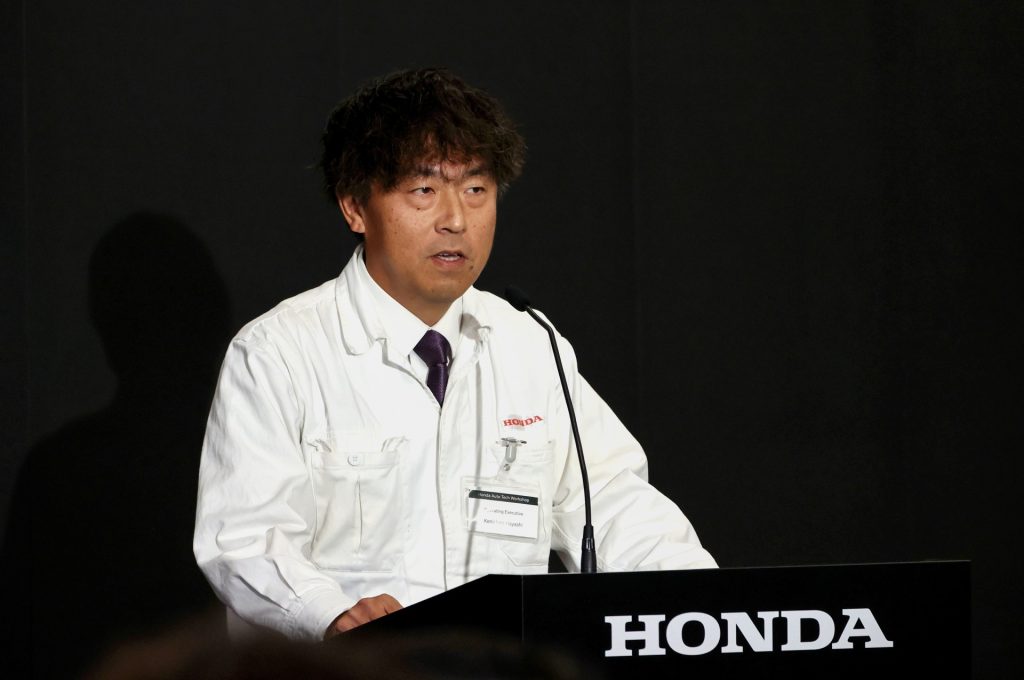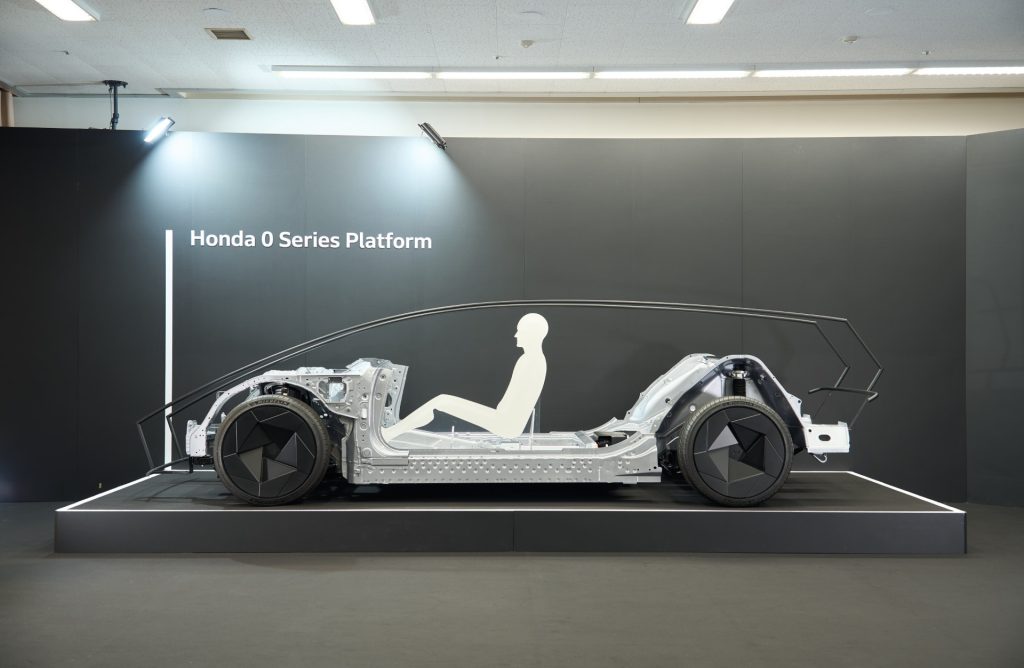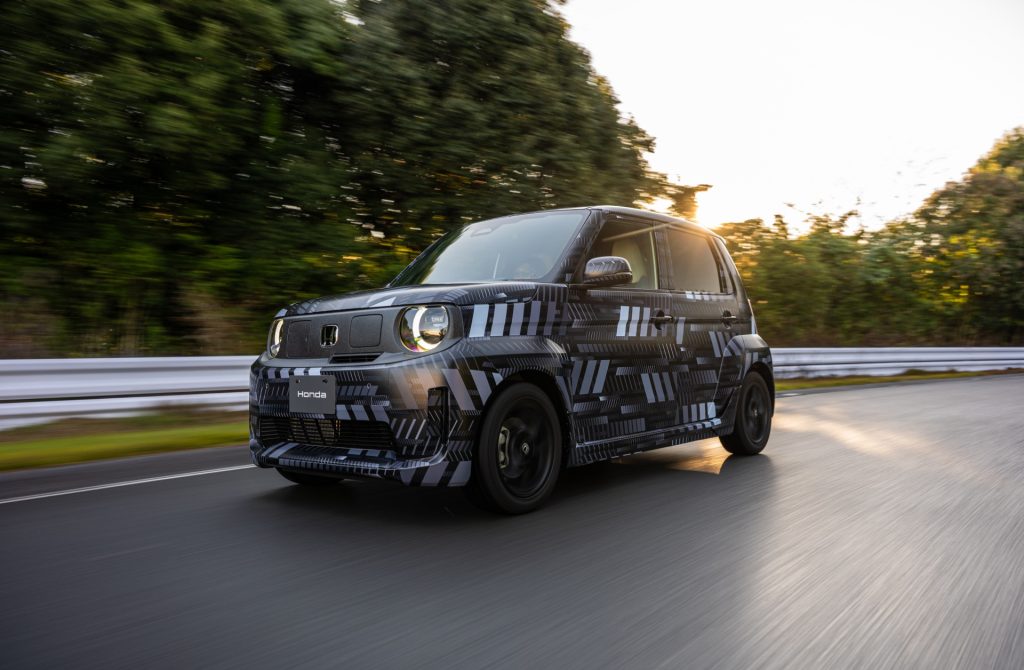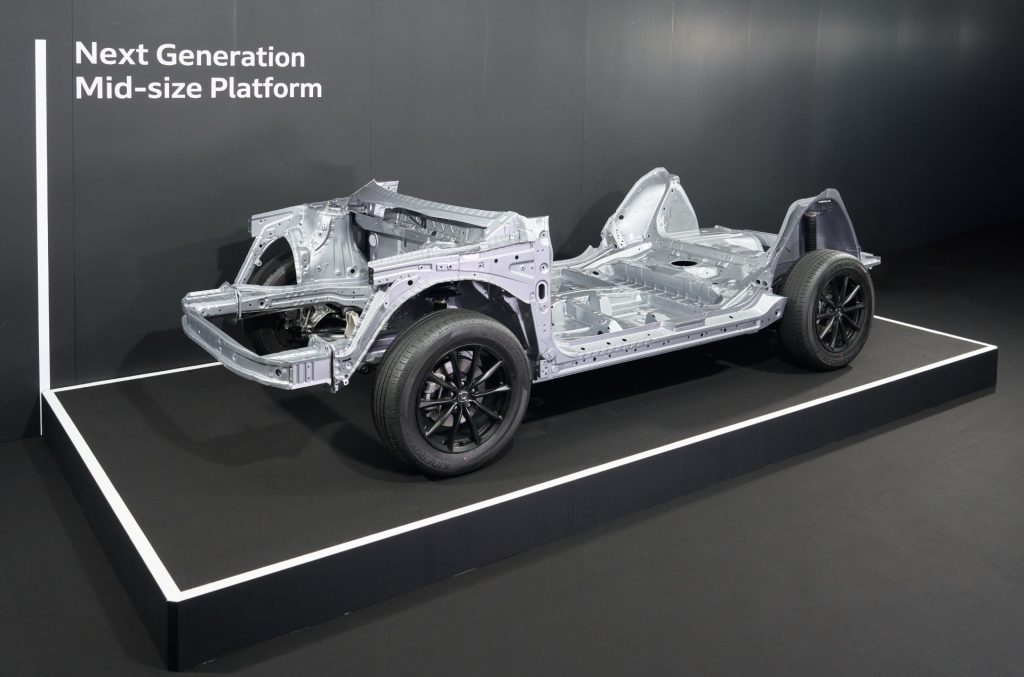Honda Unveils Game-Changing Technologies for Electrified Vehicles at 2025 Automotive Workshop
🚗 Tokyo, Japan — November 6, 2025 — Honda Motor Co., Ltd. has revealed a suite of groundbreaking technologies set to redefine the future of electrified mobility. At the Honda Automotive Technology Workshop, the company showcased innovations that will power its next-generation hybrid and electric vehicles (EVs), scheduled for release in the latter half of the 2020s.

Key Highlights from the Workshop
Tons of issues and developments, here are the key highlights
Certainly! Here’s the first key highlight from Honda’s 2025 Automotive Technology Workshop, explained in detail:
1. Next-Generation Hybrid Platform: Lightweight, Modular, and Driver-Focused
Honda unveiled a completely reengineered hybrid-electric vehicle (HEV) platform that will underpin its next wave of hybrid models starting in 2027.
This platform is designed to deliver both performance and efficiency through several major innovations:

- Weight Reduction: The new platform is 90 kg (198 lbs) lighter than the current generation, achieved by optimizing the body structure and adopting advanced engineering techniques. This weight savings contributes directly to better fuel economy and more agile handling.
- High Body Rigidity with Flexibility: Honda introduced a novel approach to body rigidity management. Instead of simply stiffening the chassis, the design allows controlled flex during cornering. This improves tire grip and road-holding performance, enhancing both stability and the “joy of driving.”
- Modular Architecture: The platform uses a modular design that separates common components (like the engine bay and rear underbody) from model-specific sections (like the cabin). This allows over 60% parts commonality across different models, reducing production costs and accelerating development timelines.
- Enhanced Driving Dynamics: Technologies like the Motion Management System—adapted from Honda’s robotics expertise—and pitch control (already seen in the Accord and Prelude) are integrated to give drivers precise control and a more intuitive, responsive feel behind the wheel.
This platform sets the foundation for a new generation of hybrids that are not only more efficient but also more engaging to drive.
2. Advanced Driving Dynamics: Simulated Flex and Motion Control for Enhanced Stability
Honda is pushing the boundaries of vehicle handling and ride comfort by introducing a suite of dynamic control technologies that elevate the driving experience:

- Body Rigidity Management System: Instead of relying solely on stiff chassis construction, Honda’s new system simulates controlled body flex during cornering. This strategic flexing improves tire grip and road contact, resulting in more stable and confident handling—especially during high-speed maneuvers.
- Motion Management System: Borrowed from Honda’s robotics division, this technology actively controls vehicle movement to reduce unwanted pitch and roll. It enhances the sense of unity between driver and machine, making the car feel more responsive and intuitive.
- Pitch Control Technology: Already featured in models like the Accord and Prelude, pitch control minimizes vertical movement during acceleration and braking. This ensures a smoother ride and helps maintain cabin comfort, even on uneven roads.
- Driver-Centric Tuning Philosophy: Honda emphasized its commitment to the “joy of driving” by integrating these technologies into a human-centric design approach. The goal is to make driving not just safer and more efficient, but also emotionally engaging.
These innovations represent Honda’s shift toward intelligent, adaptive vehicle behavior, where the car responds to the driver’s intent with precision and grace.
3. Large-Size Hybrid System for North American Market: Power Meets Efficiency
Honda introduced a brand-new hybrid system tailored specifically for large vehicles in North America, where demand for SUVs and trucks continues to grow. This system is engineered to deliver both robust performance and significant fuel savings:

- New V6 Engine: At the heart of this system is a newly developed V6 engine optimized for hybrid integration. It delivers strong torque and smooth power delivery, ideal for larger vehicles that require more muscle.
- High-Efficiency Drive Units: The hybrid system includes advanced electric motors and a refined power control unit, designed to maximize energy conversion and minimize losses during acceleration, cruising, and regenerative braking.
- Next-Gen Battery Pack: A compact, high-capacity battery enables longer electric-only driving and supports the system’s performance demands without compromising cargo or cabin space.
- Performance Gains: Honda claims this hybrid setup improves fuel efficiency by over 30% compared to current internal combustion engine (ICE) models. Additionally, full-throttle acceleration is enhanced by more than 10%, offering a more responsive and exhilarating drive.
- Scalable Architecture: The system is designed to be modular and scalable, allowing it to be adapted across a range of vehicle sizes and types—from midsize SUVs to full-size trucks.
This development signals Honda’s strategic push to electrify its larger vehicle lineup without sacrificing the power and utility that North American drivers expect.
Certainly! Here’s the fourth key highlight from Honda’s 2025 Automotive Technology Workshop, explained in detail:
4. Super-ONE Prototype EV: Compact Electric Thrill with Global Ambitions
Honda unveiled the Super-ONE Prototype, a compact electric vehicle (EV) designed to deliver an exhilarating driving experience while meeting the demands of urban mobility. This model represents Honda’s next step in electrification, blending performance, style, and accessibility.

- Debut and Launch Timeline: First showcased at the Japan Mobility Show 2025, the Super-ONE will launch in Japan in 2026, followed by rollouts in the U.K. and select Asian markets.
- Platform and Design: Built on a widened version of Honda’s lightweight EV platform, the Super-ONE features a low center of gravity and a short wheelbase, enhancing agility and control. The design emphasizes compactness without compromising interior comfort.
- Performance Features:
- Boost Mode: A driver-selectable mode that delivers heightened acceleration and responsiveness.
- Simulated 7-Speed Transmission: Offers gear-shift-like sensations for a more engaging drive, mimicking the feel of traditional sports cars.
- Active Sound Control: Generates engine-like audio feedback to enhance the emotional connection between driver and vehicle.
- Driving Experience Philosophy: Honda’s goal is to make EVs exciting and emotionally resonant. The Super-ONE is engineered to provide a “fun-to-drive” experience, especially for younger and urban drivers who value both sustainability and spirited performance.
This prototype signals Honda’s intent to redefine what a small EV can be—efficient, expressive, and thrilling.
There isn’t a distinct fifth highlight officially presented at the workshop, but Honda did emphasize two overarching themes that tie all the innovations together:
🌱 Honda’s Long-Term Vision: Carbon Neutrality and Zero Traffic Fatalities
While not a standalone technology reveal, Honda reiterated its commitment to two major long-term goals:

- Achieving Carbon Neutrality by 2050: This includes reducing emissions across all products and corporate activities. The new hybrid and EV technologies are stepping stones toward this target.
- Zero Traffic Collision Fatalities: Honda aims to eliminate fatalities involving its motorcycles and automobiles globally. This involves integrating advanced safety systems, AI-assisted driving aids, and robust vehicle design.
These goals serve as the philosophical backbone of all the technical advancements unveiled—ensuring that innovation is not just about performance, but also about sustainability and safety.
Beyond the four technical highlights and Honda’s long-term vision, the workshop also emphasized a few broader themes worth noting:
Additional Takeaways from Honda’s 2025 Workshop
- Human-Centric Design Philosophy (M/M Concept)
Honda reinforced its “man maximum, machine minimum” approach, ensuring that technology serves people rather than overwhelming them. This philosophy guided the development of both hybrid and EV platforms, focusing on cabin comfort, intuitive controls, and driver engagement. - Integration of Robotics Expertise
Several of the new driving dynamics technologies—like Motion Management—were adapted directly from Honda’s robotics research. This cross-pollination shows how Honda is leveraging its diverse engineering portfolio to enhance vehicle performance. - Global Market Strategy
Honda is tailoring its electrification roadmap to regional needs:- Compact EVs like the Super-ONE for urban markets in Asia and Europe.
- Large hybrid systems for North America, where SUVs and trucks dominate.
This dual strategy highlights Honda’s flexibility in addressing different consumer demands worldwide.
- Commitment to Safety and Sustainability
Alongside carbon neutrality and zero fatalities, Honda stressed that every innovation must balance environmental responsibility with driving excitement—ensuring that electrification doesn’t mean sacrificing the “joy of driving.”
So in short: Honda didn’t just showcase new platforms and prototypes—it outlined a holistic vision where engineering, sustainability, and human experience converge.

Leave a Reply